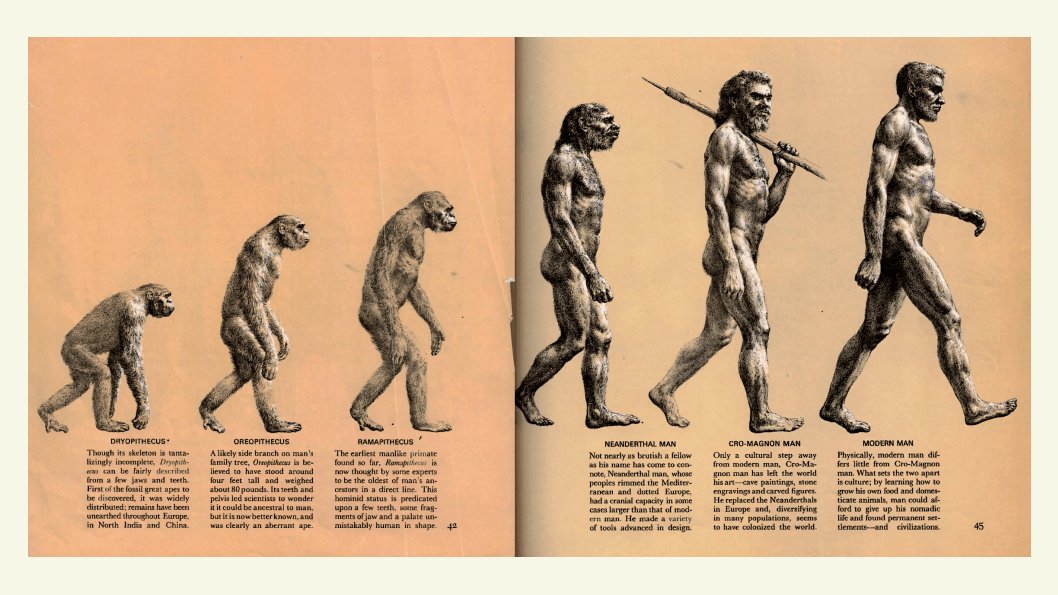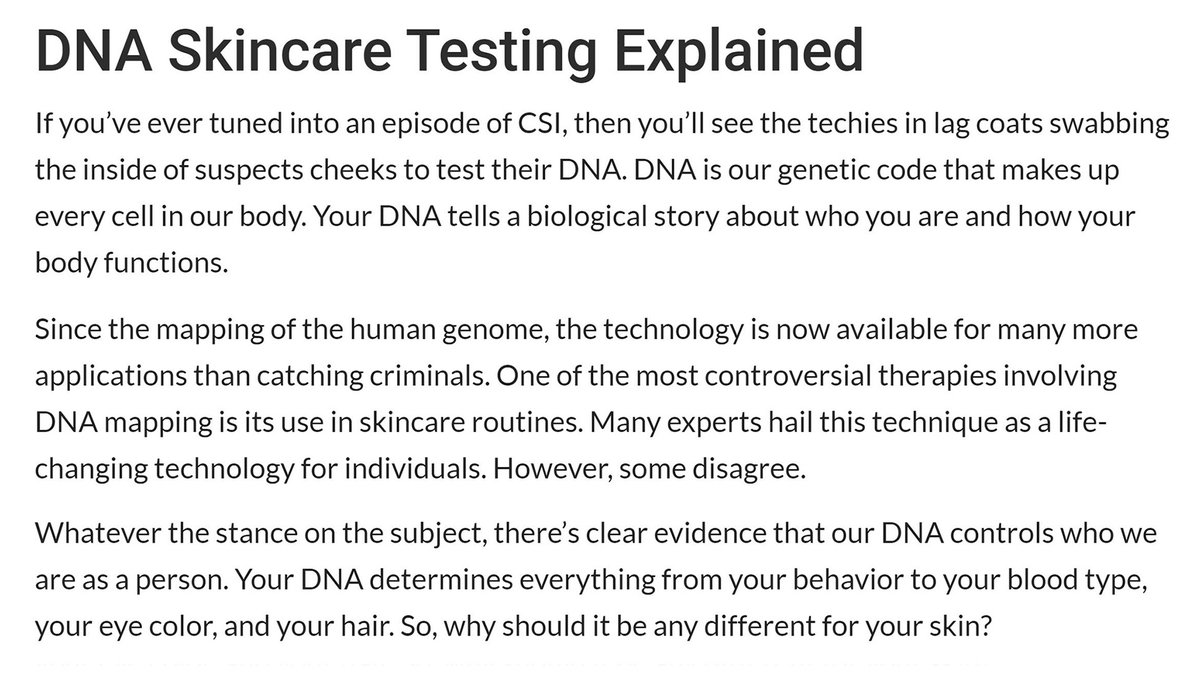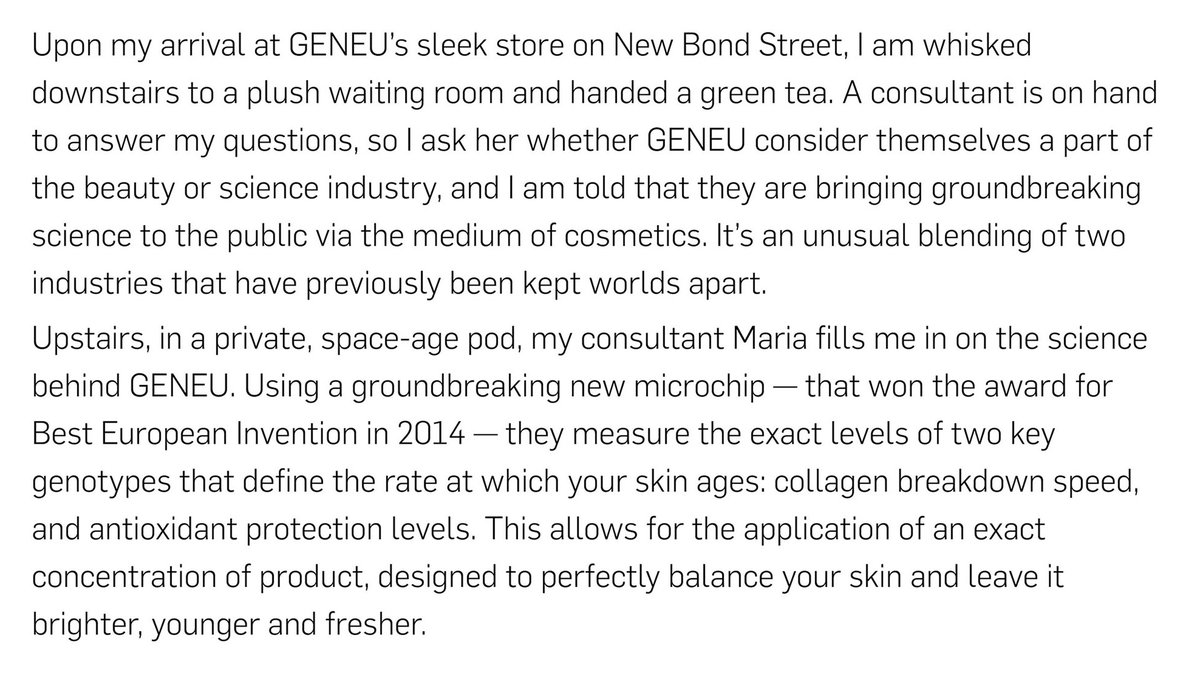
In our new #GenLang preprint by Else Eising et al, we use genomics to investigate reading- & language-related skills in up to 34,000 people, directly assessed via psychometric testing. Years-long initiative uniting efforts of many dedicated colleagues: biorxiv.org/content/10.110… 1/n
Our capacities for spoken & written language are central human traits but biological bases remain largely unknown. One way to gain insights is to identify genetic contributions to individual differences in relevant skills & use those as windows into neurobiology & evolution. 2/n
Reading-/language-related traits are genetically complex; we need large samples to robustly analyse association with DNA polymorphisms. Our international GenLang network brings together experts & cohorts of multiple sites to enable largescale harmonized research in this area. 3/n
Preprint integrates genomewide association data from up to 22 cohorts in which people took tests of word/nonword reading, spelling, phoneme awareness & nonword repetition. We find significant association on chromosome 1, independent of known loci associated with intelligence. 4/n 

For GenLang, common DNA variants index 13-26% of variation in the measured skills. In our genomic structural equation models, a shared genetic factor explains most variation in reading, spelling & phoneme awareness, & only partial overlap with nonword rep & general cognition. 5/n 

We find significant genetic correlations between individual differences in reading-/language-related skills & variability in cortical surface area for the banks of the left superior temporal sulcus, a brain region with known links to processing of spoken & written language. 6/n 

Our evolutionary analyses shows enriched heritability for reading-/language-related traits in Neanderthal-depleted genomic regions: loci thought to have been intolerant to the gene flow from Neanderthal populations into Homo sapiens which took place around 50-60K years ago. 7/n
Beyond specific scientific findings of the study, it's a demonstration of how multisite collaboration, data sharing, & team science can open up new horizons for investigating the biology of language & literacy. Excited about what the future holds for this field.
8/n
8/n
Would not have been possible without joint efforts of many, including tweeps @bstpourcain @ClydeFrancks @Dongnhu_Truong @AndreAllegrini @BarbaraMolz @gokberkalagoz @elninobarbudo @f_abbondanza @KailiRimfeld @phi_jan @TillPopill @timothycbates @AndersBorglum @ThomasBourgeron...9/n
...@CeroniFabiola @DemontisDitte @guger @TannerKoomar @MonacoAnthony @doctorveera @FranckRamus @d_shelley @JoelTalcott @ellennverhoef @kateewatkins @drcathybarr @drmluciano @DianneNewbury @silParacchini @sreilly_reilly @drElsje @AJOWhitehouse. Deepest thanks to all involved!
• • •
Missing some Tweet in this thread? You can try to
force a refresh












